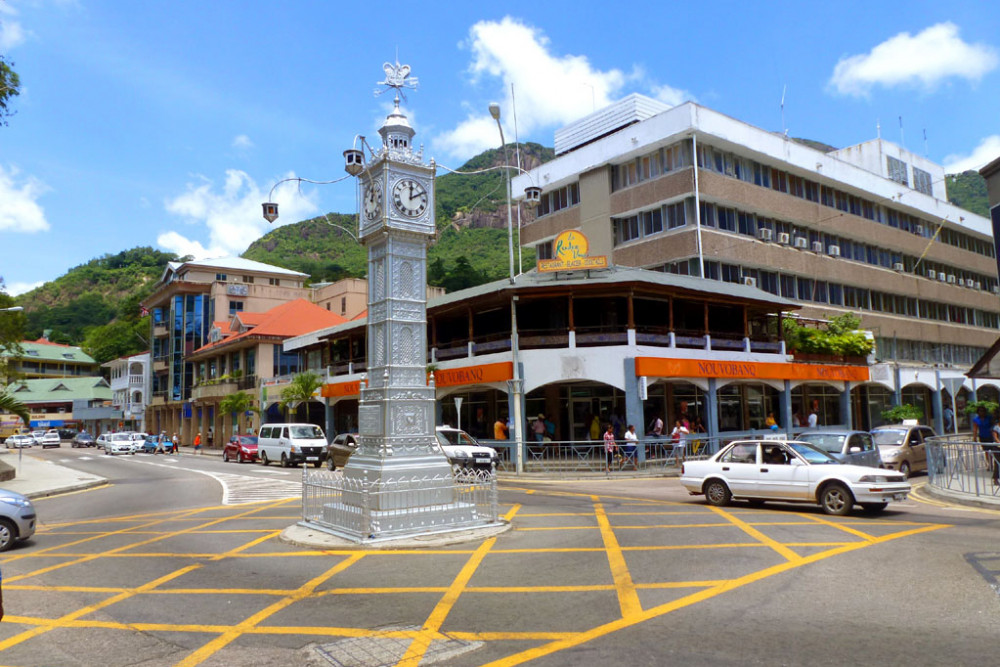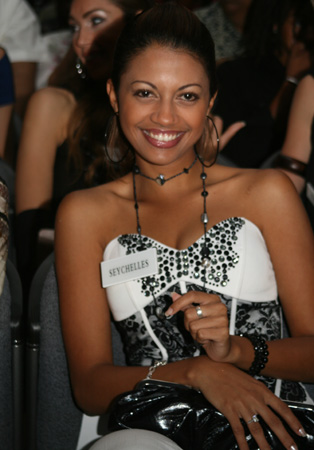Seychelles’ folk
music incorporates many different influences. Its history of French and British
colonization along with immigrants from India, the Arab states, and mainland
Africa all play into their musical storytelling. European styles like the
mazurka, polka, and contredance, sega music from Réunion and Mauritius, and
several ubiquitous African styles like zouk, taarab, soukous moutye play an
integral part in their musical styles. Add in various Polynesian, Indian, and
Mediterranean styles, and you get a unique array of musical sounds.
In many cases, two
or more of these styles merged to create something new. Kanmtole, a type of
complex percussion rhythms is commonly used. Reggae is a common musical style
in Africa and African diaspora and has mixed with other styles. For example, sega
and reggae became seggae, while reggae and moutya became mouggae. Mainly the
lyrics are sung in Creole, French, English, or some combination of these
languages.
At festivals
throughout the year, moutya and kontredans (their version of the English
contredanse) are so popular that there are competitions. The annual Festival
Kreol is one of the biggest festivals held in Seychelles. Both of these along
with Kanmtole are dances that have been danced in Seychelles for centuries.
As far as
traditional instruments go, there are a few that are incorporated into
Seychellois music: makalapo (a
wooden pole based in a can, with strings attached to the pole), bonm (calabash with one string), zez (similar to a bonm except with a
resonator), tambour moutya (a wooden
flat drum with a cow or goat skin for the drum head), and the mouloumba (a type of bamboo drum). Many
of today’s songs use modern instruments like the violin, guitar, accordion,
banjo, drums, and other percussion instruments like the triangle.
I wasn’t able to
find as many Seychellois musicians as I thought I was going to. Jean-Marc Volcy
was one of the main ones mentioned that I found – but I only found one song by
him on Spotify. I could definitely hear some of the instruments represented
above.
However, I did find
some other musicians mentioned in the Suggested section on Spotify. One was a
beach chillout compilation with various artists on the album. I was kind of
into this one. There were several songs on there that I liked. Because
sometimes you just need to chill.
I also found some
music from Sonny Morgan. Although he now lives in Australia, his music is quite
reflective of his Seychellois heritage. He brings a certain Indian Ocean flair
to his music which integrates blues and other styles into his sega/reggae sound.
Up next: the food







